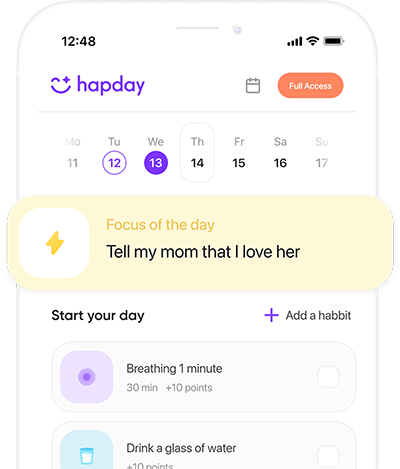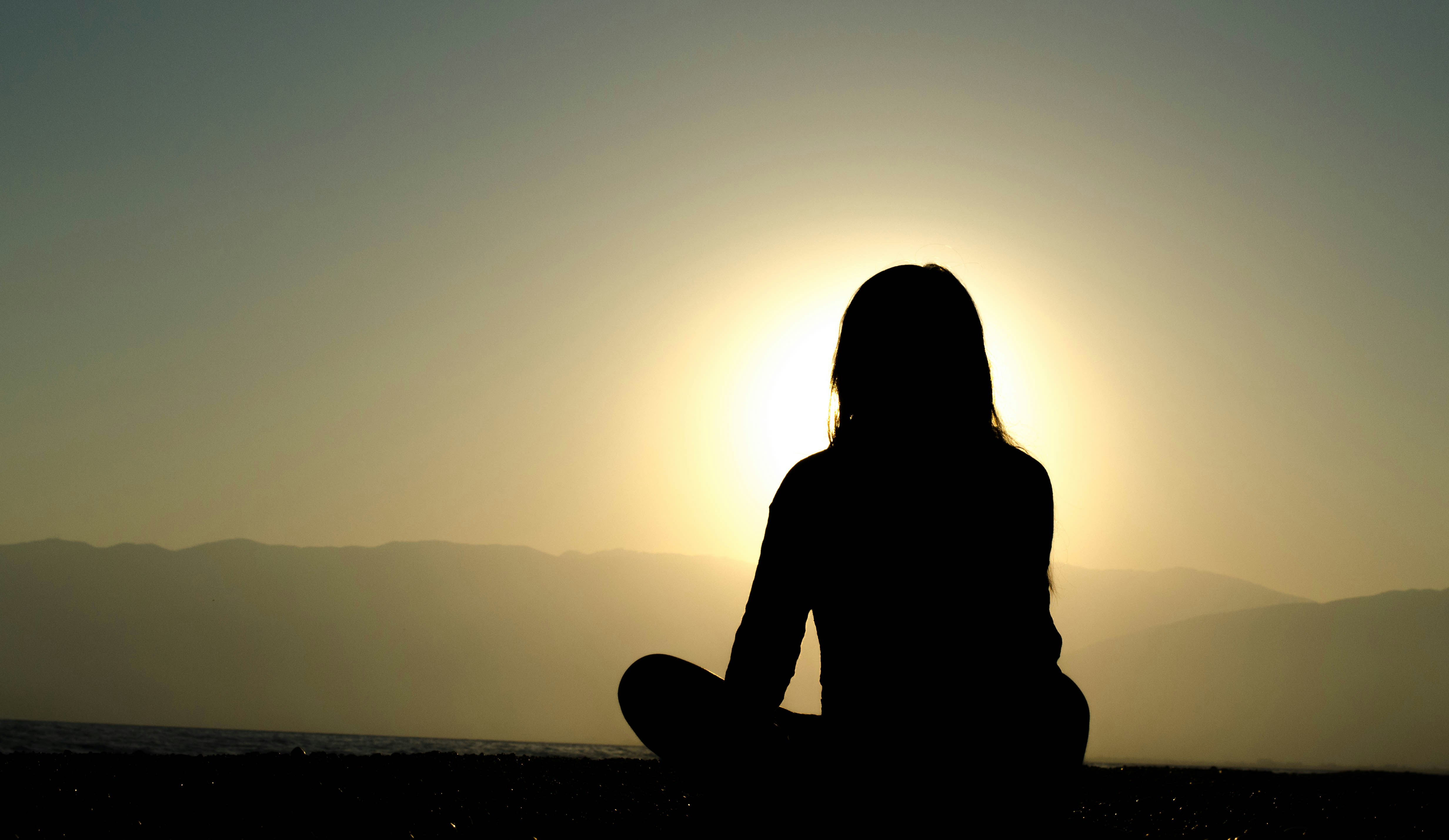Imagine a therapy session where your office is a lush forest, your couch is a bed of moss, and your therapist is… well, Mother Nature herself. Welcome to the world of nature therapy, where the healing power of the great outdoors is harnessed to improve mental and physical well-being. In a world increasingly dominated by screens and concrete, nature therapy offers a refreshing – and scientifically backed – approach to health and wellness.
What is Nature Therapy?
Nature therapy, also known as ecotherapy or green therapy, is a practice that involves immersing oneself in nature to improve mental and physical health. It’s based on the idea that humans have an innate connection to the natural world – a concept known as “biophilia,” coined by biologist E.O. Wilson.
Dr. Qing Li, author of “Forest Bathing: How Trees Can Help You Find Health and Happiness,” describes it as “making contact with and taking in the atmosphere of the forest.” But nature therapy isn’t limited to forests – it can involve any form of engagement with natural environments.
The Many Faces of Nature Therapy
Nature therapy isn’t a one-size-fits-all approach. It encompasses a variety of practices:
Forest Bathing (Shinrin-yoku):
Originating in Japan, this practice involves mindfully immersing oneself in a forest environment, using all five senses.
Horticultural Therapy:
This involves gardening and plant-based activities as a form of therapy.
Adventure Therapy:
Utilizes outdoor adventures and challenges for therapeutic purposes, often used with at-risk youth.
Animal-Assisted Therapy:
Involves interactions with animals in natural settings.
Green Exercise:
Physical activity performed in natural environments.
Blue Space Therapy:
Focuses on the therapeutic benefits of being near water bodies like oceans, rivers, or lakes.
The Science Behind the Serenity: How Nature Heals
It’s not just about feeling good – there’s hard science behind the benefits of nature therapy. Here’s what research has uncovered:
1. Stress Reduction
Numerous studies have shown that exposure to nature can lower cortisol levels, decrease heart rate, and reduce blood pressure. A study published in the International Journal of Environmental Research and Public Health found that just 20 minutes in nature significantly lowered stress hormone levels.
2. Improved Mood and Reduced Depression
Nature exposure has been linked to improved mood and reduced symptoms of depression. A study in the Proceedings of the National Academy of Sciences found that a 90-minute walk in a natural area, as opposed to an urban setting, led to decreased activity in a region of the brain associated with depression.
3. Enhanced Cognitive Function
Time in nature has been shown to improve attention, memory, and cognitive flexibility. The “Attention Restoration Theory” suggests that nature provides the kind of effortless attention that allows our directed-attention abilities to replenish.
4. Boosted Immune System
Forest bathing, in particular, has been associated with increased activity of natural killer cells, a type of white blood cell that helps fight off viruses and even tumor cells. A study in the International Journal of Immunopathology and Pharmacology found that a 3-day forest bathing trip increased the number and activity of these cells.
5. Improved Cardiovascular Health
Green spaces have been linked to better heart health. A study in The Lancet found that people living in greener areas had a lower risk of cardiovascular disease and premature death.
6. Enhanced Creativity and Problem-Solving
Nature exposure has been shown to boost creativity and problem-solving skills. A study in PLOS ONE found that participants showed a 50% improvement in creative problem-solving tasks after immersing themselves in nature for four days.
Nature’s Rx: Prescribing the Great Outdoors
The benefits of nature therapy are so well-established that some healthcare providers are literally prescribing nature. In countries like Japan, South Korea, and increasingly in the United States and Europe, doctors are writing “park prescriptions” or “green prescriptions” for everything from high blood pressure to anxiety and depression.
Dr. Robert Zarr, founder of Park Rx America, explains: “We have this body of evidence that says, ‘Hey, not only does nature make you feel better, but it actually improves your health outcomes.'”
DIY Nature Therapy: Bringing the Outdoors into Your Life
You don’t need a formal prescription to benefit from nature therapy. Here are some ways to incorporate it into your daily life:
1. Forest Bathing 101
Try this simple forest bathing practice:
- Find a forest or wooded area
- Leave your phone and camera behind
- Walk slowly, allowing your body to guide you
- Pause from time to time to look more closely at a leaf, to touch the bark of a tree, to listen to the birds
- Take deep breaths, inhaling the forest air
- Sit quietly for a while. If you’re comfortable, try lying on the ground
- Allow yourself to just be, without any goal or expectation
2. Green Up Your Exercise Routine
Take your workout outdoors:
- Try yoga in the park
- Go for a trail run instead of using the treadmill
- Join a local hiking group
- Try outdoor rock climbing or bouldering
3. Bring Nature Indoors
Can’t get outside? Bring nature to you:
- Introduce houseplants to your living and working spaces
- Use essential oils with forest scents like pine or cedar
- Listen to nature sounds while you work
- Set up a small indoor garden or herb box
4. Mindful Nature Observation
Practice mindfulness in natural settings:
- Find a “sit spot” in nature that you can visit regularly
- Spend time observing the small details – the veins of a leaf, the pattern of bark on a tree
- Try to identify different bird calls or plant species
5. Volunteer for Nature
Combine nature therapy with giving back:
- Join a local conservation group
- Participate in beach or park clean-ups
- Volunteer at a community garden
6. Create Nature Rituals
Build nature into your daily or weekly routine:
- Start your day with a short walk in a nearby park
- End your workday by sitting outside for a few minutes
- Plan weekend activities that involve nature, like picnics or nature photography
7. Blue Space Therapy
Don’t forget about water:
- Spend time near a local lake, river, or ocean
- Try activities like kayaking, stand-up paddleboarding, or simply sitting by water
- If you live in a city, seek out fountains or other water features
Nature Therapy for All: Accessibility and Inclusivity
It’s important to note that access to nature isn’t equal for everyone. Urban areas, in particular, may lack green spaces, and some individuals may face physical or societal barriers to accessing nature.
Efforts are being made to address these issues:
- Urban greening initiatives are creating more parks and green spaces in cities
- Adaptive outdoor programs are making nature more accessible for people with disabilities
- Community programs are working to make outdoor spaces safe and welcoming for people of all backgrounds
Dr. Gretchen Daily, co-founder of the Natural Capital Project, emphasizes: “We need to make nature accessible to everyone, not just those who can afford to travel to national parks.”
The Future of Nature Therapy: Green Prescriptions and Beyond
As research continues to validate the benefits of nature therapy, we’re likely to see it become increasingly integrated into mainstream healthcare and wellness practices. Some exciting developments on the horizon include:
- Virtual Reality Nature Therapy: For those unable to access natural environments, VR technology is being developed to provide immersive nature experiences.
- Biophilic Design: Architects and urban planners are increasingly incorporating nature into building and city designs to promote well-being.
- Ecotherapy Training: More mental health professionals are seeking training in nature-based interventions.
- Nature-Based Rehabilitation: Programs for addiction recovery, PTSD treatment, and other mental health issues are increasingly incorporating nature therapy.
- Green Prescriptions: As mentioned earlier, the practice of doctors prescribing time in nature is likely to become more widespread.
Conclusion: Reconnecting with Our Roots
In our fast-paced, technology-driven world, nature therapy offers a way to reconnect with something fundamental to our being. It reminds us that we are part of nature, not separate from it, and that this connection is vital to our health and well-being.
As naturalist John Muir once said, “In every walk with nature, one receives far more than he seeks.”
So, the next time you’re feeling stressed, overwhelmed, or simply in need of a pick-me-up, consider writing yourself a prescription for nature. Step outside, take a deep breath, and let Mother Nature work her magic. Your mind, body, and spirit will thank you.
Remember, nature isn’t just a place to visit – it’s home. And sometimes, the best therapy is simply coming home.
Build habits to bond with nature with Hapday,Your Wellbeing Assistant
Join the millions of people using Hapday. Improve overall wellness & sleep.




